The price of smartphones has steadily climbed over the years, but could we be on the verge of paying over $2,000 for an iPhone? According to a recent report from a Wall Street analyst, this once unthinkable scenario might become a reality sooner than you think. The prediction, stemming from potential tariffs and other economic factors, has sent ripples through the tech world, leaving consumers wondering just how much they’ll have to shell out for the latest Apple innovation.
Tariffs Loom Large Over iPhone Prices
The primary driver behind this potential price surge, according to analysts at Rosenblatt Securities, is the possibility of increased tariffs on imported goods. With a significant portion of iPhone manufacturing taking place overseas, particularly in China, any new or increased tariffs could have a direct and substantial impact on Apple’s production costs. In a recent report highlighted by several news outlets, including AppleInsider and MacRumors, Rosenblatt Securities suggests that tariffs could lead to a price increase of as much as 43% on iPhones.
To put this into perspective, the current top-of-the-line iPhone 16 Pro Max with 1TB of storage retails for around $1,599. A 43% increase would push that price to nearly $2,300. Even the more affordable iPhone 16e, currently priced at $599, could see its price jump to over $850. This would mean that consumers might have to pay almost double what they currently do for their beloved iPhones.
Barton Crockett, an analyst at Rosenblatt Securities, told Reuters that these tariffs could cost Apple as much as $40 billion. While Apple has been exploring diversifying its manufacturing locations to countries like India and Vietnam, these regions are also facing new tariffs, albeit at different rates. This leaves Apple with few options but to either absorb these costs, which would significantly impact their profit margins, or pass them on to consumers through higher prices.
Will Apple Bite the Bullet or Will Consumers Pay the Price?
The question on everyone’s mind is whether Apple will indeed implement such a drastic price hike. While analysts at Rosenblatt Securities believe a 43% increase might be necessary to offset the tariff costs fully, not everyone in the industry agrees. Neil Shah, co-founder of Counterpoint Research, suggests that the price increase might be closer to 30%, which he considers the minimum required to counter the tariffs.
On the other hand, Angelo Zino of CFRA Research believes that Apple will find it challenging to impose a price increase of more than 10% in the current market, considering consumer sentiment. He does, however, anticipate a significant price adjustment for the iPhone 17, expected later this year. This suggests that while immediate price jumps might be limited, the long-term trend could still point towards more expensive iPhones.
Beyond Tariffs: Other Factors Influencing iPhone Costs
While tariffs are currently the most significant factor driving the potential price increase, other elements have historically contributed to the cost of smartphones, and these will likely continue to play a role. These factors include:
- Advanced Technology: Each new iPhone generation typically introduces cutting-edge technologies, such as improved processors, advanced camera systems, and innovative display technologies. The cost of developing and implementing these features naturally contributes to the overall price of the device.
- Premium Materials: Apple has consistently used high-quality materials like aerospace-grade aluminum and durable glass in its iPhones. The cost of these premium materials can fluctuate and impact the final price.
- Storage Capacity: As highlighted by OTR Mobile, storage space is a major determinant of a smartphone’s price. iPhones with larger storage capacities command a higher price due to the increased cost of memory chips.
- Brand Value: Apple has cultivated a strong brand image over the years, and this brand recognition allows them to command a premium price for their products. Consumers are often willing to pay more for an iPhone due to its perceived quality, reliability, and ecosystem integration.
- Manufacturing Complexity: The intricate process of manufacturing iPhones, involving a global supply chain and complex assembly, adds to the overall cost. Any disruptions in the supply chain or increases in labor costs can affect the final price.
What Does This Mean for the Future of iPhones?
The prospect of iPhones costing over $2,000 raises questions about the future of the smartphone market and consumer affordability. While Apple caters to a generally affluent customer base, a price hike of this magnitude could put iPhones out of reach for a significant portion of the population.
As Dan Ives, an analyst at Wedbush Securities, pointed out in a discussion with Bloomberg TV, the cost of manufacturing plays a crucial role in pricing. He suggested that if iPhones were to be manufactured in the United States, their price could potentially reach as high as $3,500. This highlights the complex interplay between manufacturing locations, tariffs, and consumer prices.
It remains to be seen how Apple will navigate these challenges. The company has a history of strategic pricing and might explore various options, such as absorbing some of the tariff costs, negotiating exemptions, or finding more cost-effective manufacturing solutions. However, the prediction of a $2,000+ iPhone serves as a stark reminder of the economic pressures facing the tech industry and the potential impact on consumers’ wallets.
As we await the launch of the iPhone 17 and monitor the ongoing developments in global trade policies, one thing is clear: the price tag of your next iPhone might come with a significant surprise. Whether it crosses the $2,000 threshold remains to be seen, but the possibility is certainly on the horizon, prompting consumers to reconsider their smartphone budgets and expectations.

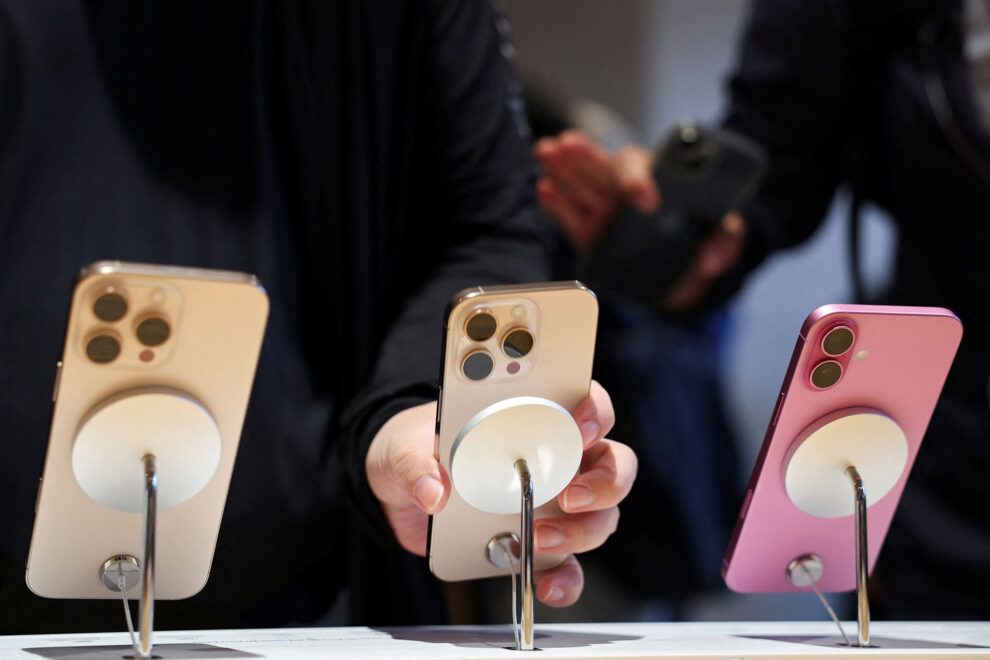
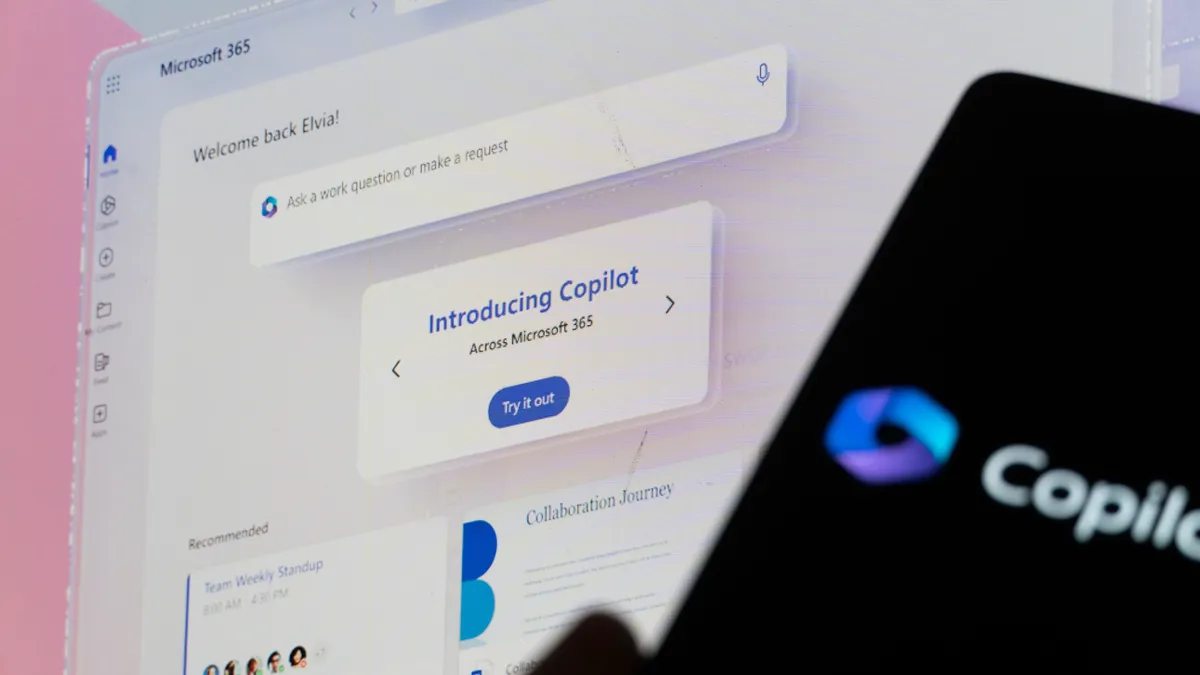
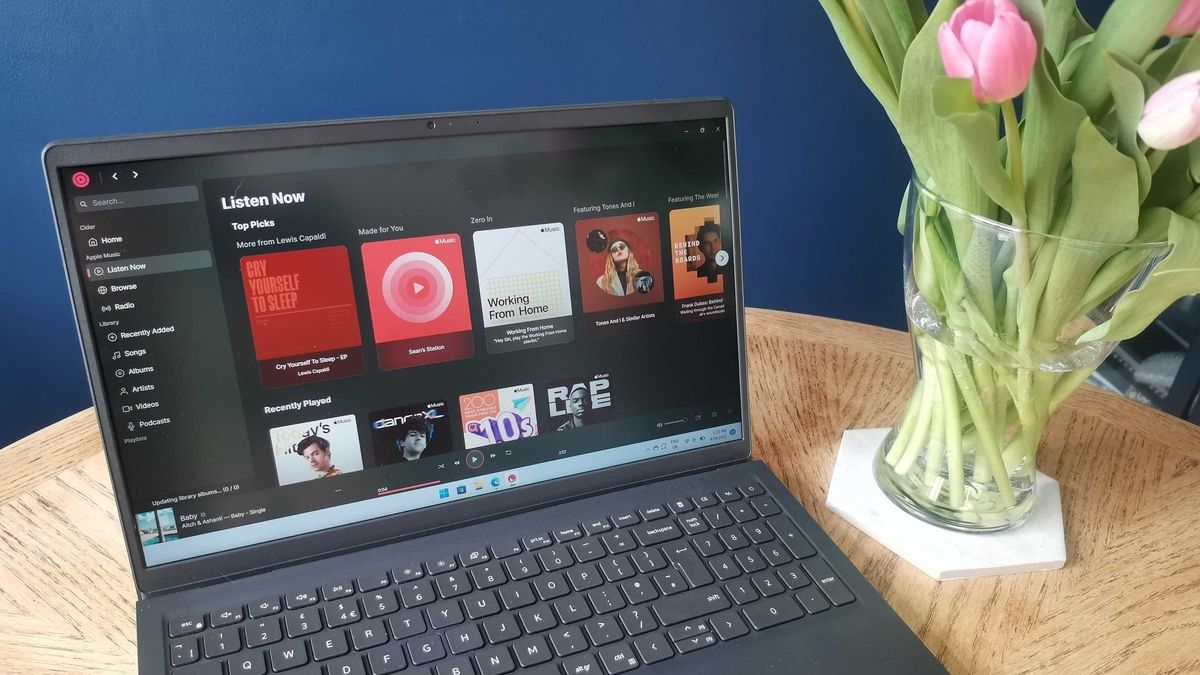



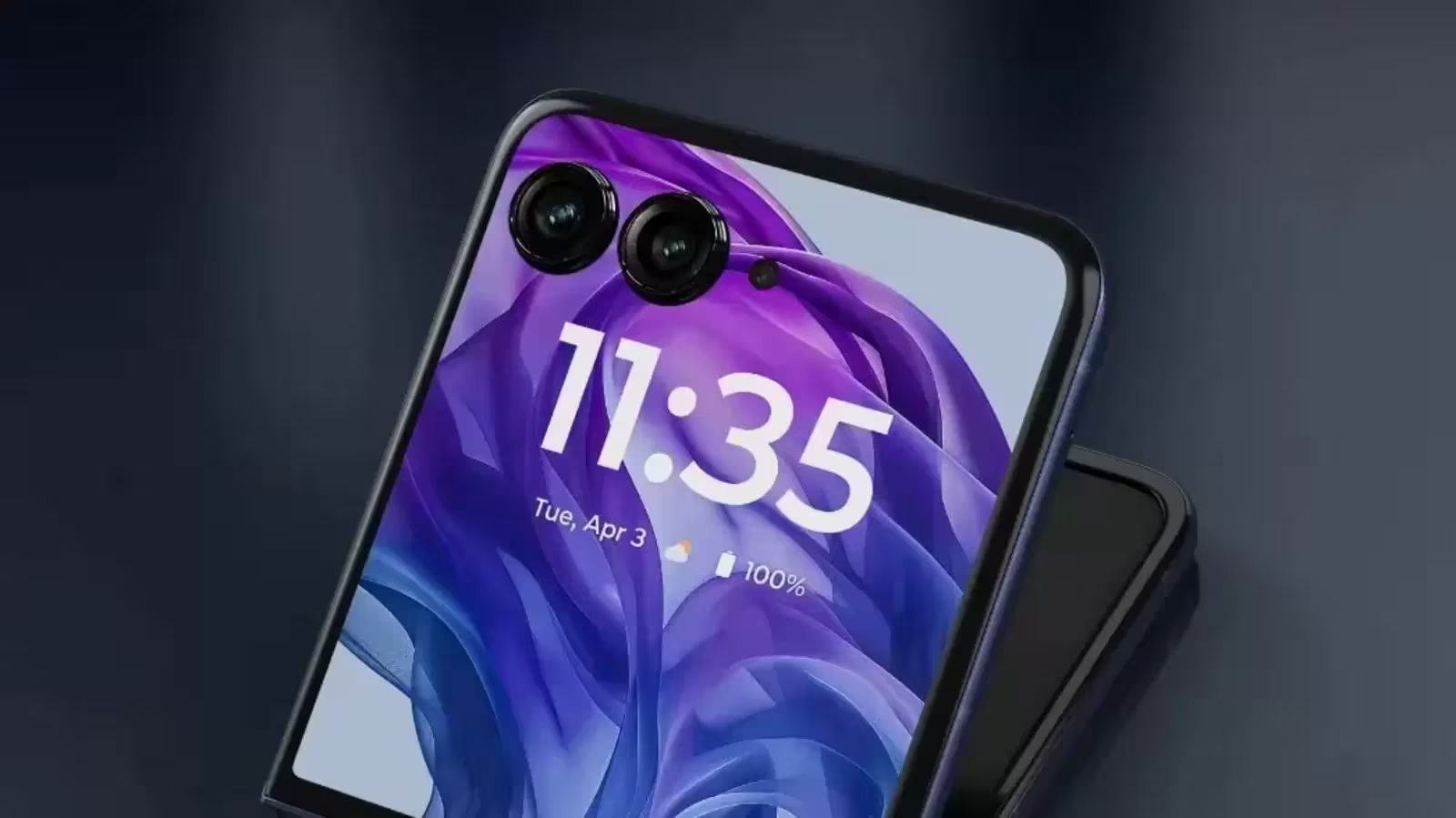
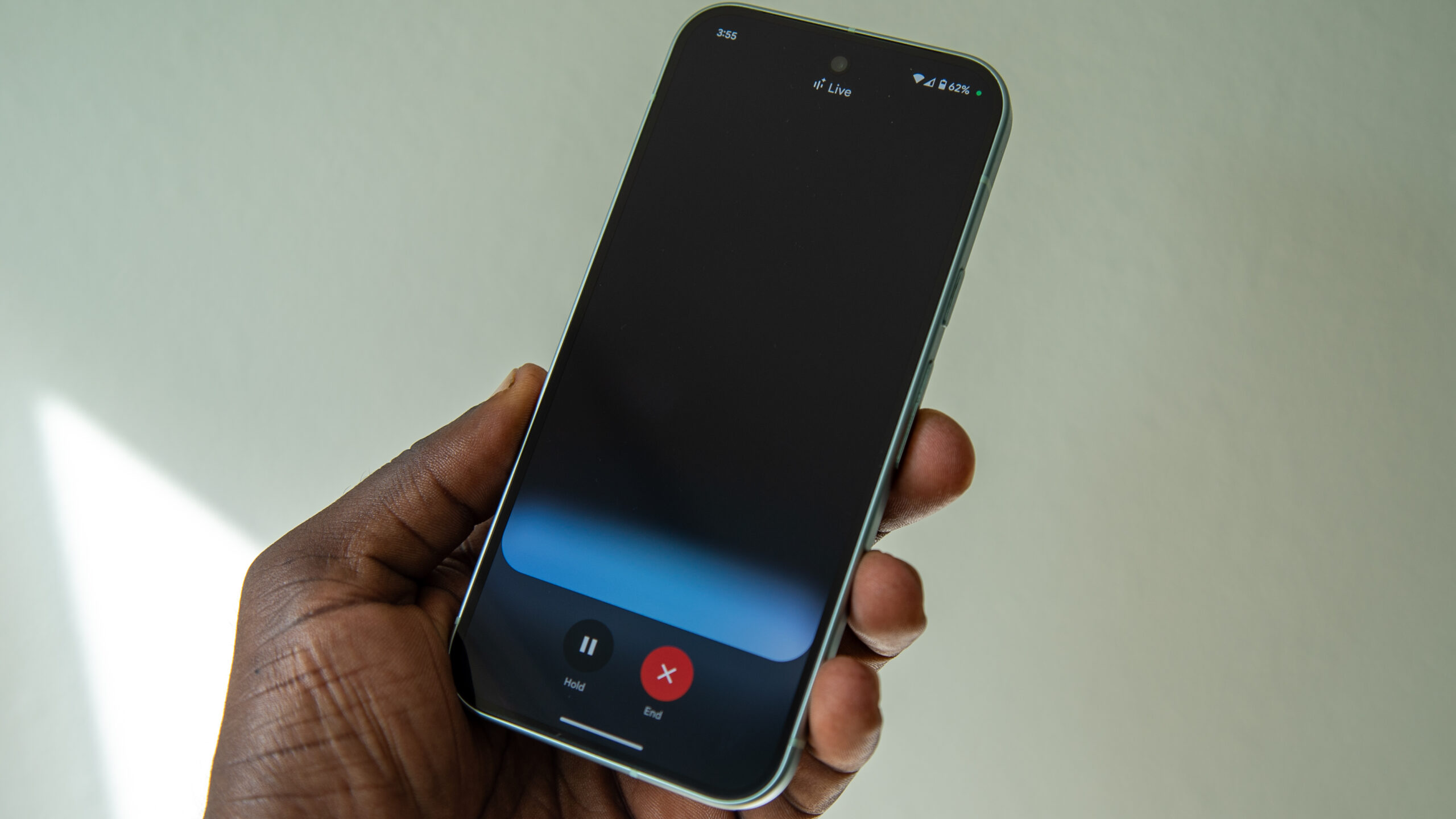
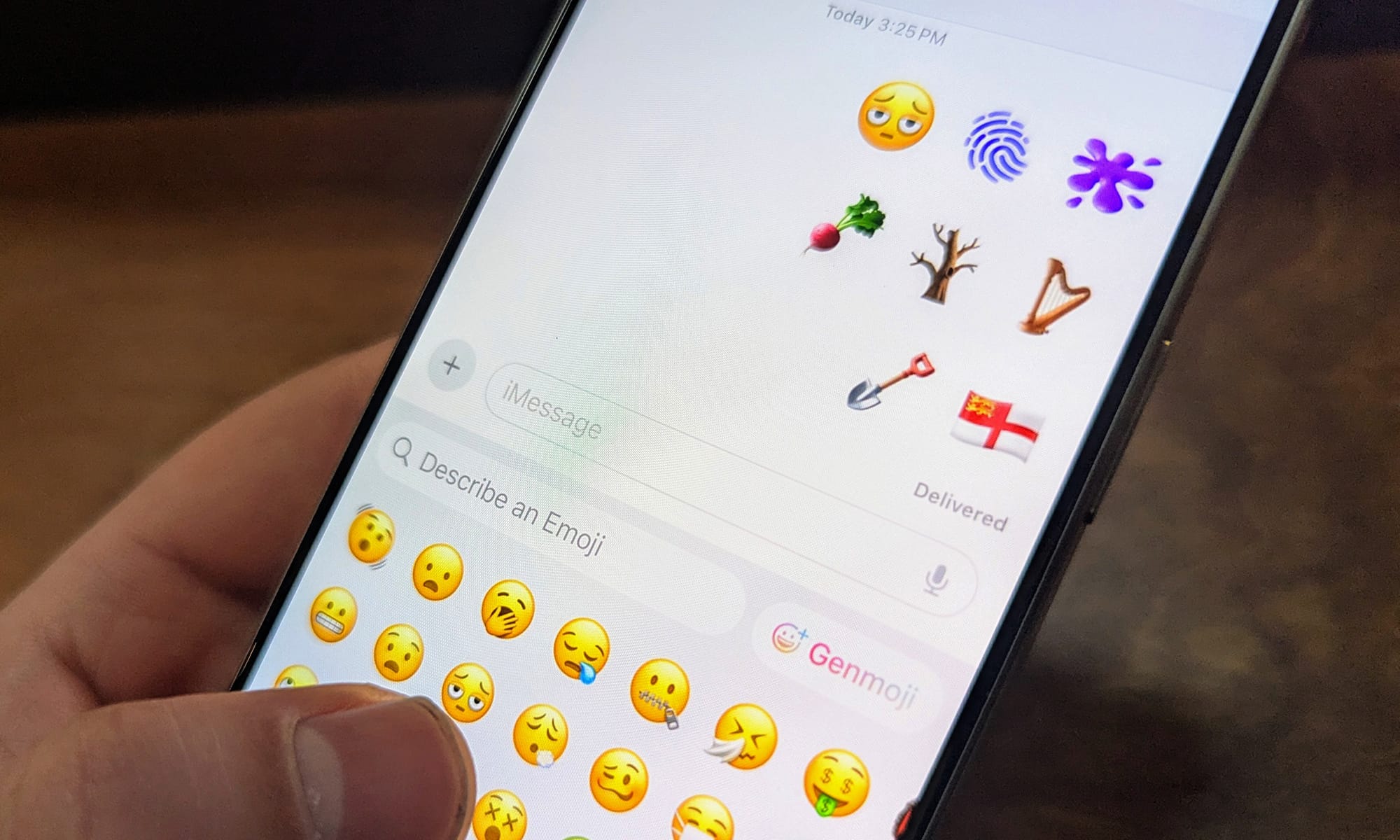
Add Comment